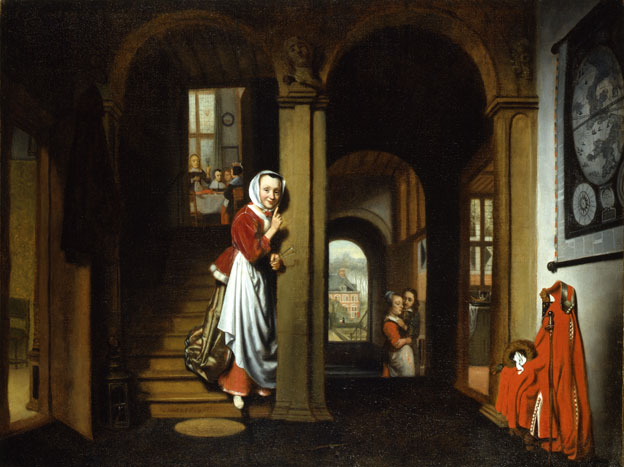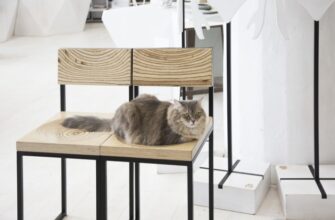11 Oct 2016 – 10 Jan 2017 in the Pushkin Museum of Fine Art in Moscow exhibition of “small Dutch” painting (Holland XVII century) is held. Works on household items is combined with arts and crafts of the era. The exhibition is held in the framework of the agreement with VTB Bank about General sponsorship. The full name of the exhibition is “The Art of living. The interior of the burgher houses in Holland heyday”
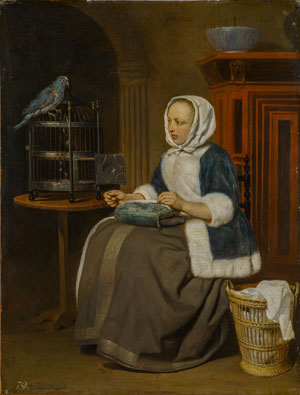
The exhibition creates the feeling of a prosperous Dutch home, it tells in detail about the role of the family, about its interior objectives, and it gives you understanding of Dutch paintings through historical circumstances of the creation, and it is extremely useful for understanding Dutch art in General. Imagine: You are in the house of the Dutch citizen – burgher, you learn of their worries and aspirations, understand the meaning of his life and the price of his household. And the more necessary effect has the fact that the era had the pinnacle in Harmensz van Rijn Rembrandt, who at the same time writes the most dramatic of his paintings – for example, “the Prodigal son”.
Holland in the seventeenth century is experiencing a short-lived phase of its political and economic power. It is the world’s first bourgeois state, where the highest stratum of society and the customer art was the burghers, and religion – the enemy of luxury – Calvinism influenced the art.
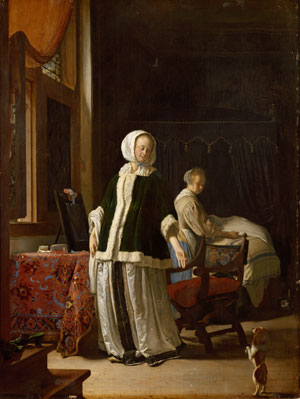
Among the paintings there are 11 works of 1650-1670х years, including masterpieces by Pieter de Hooch “Maternal care”, Gabriela Metso “Girl embroidering”, Frans van Mieris the Elder “Morning of young lady”, Cornelis de Man “Chess Players”, etc.
According to the curator of the exhibition Polina Mogilina (Department of old masters art), to obtain a complete picture of the interior, in addition to the collections of the Pushkin Museum, it was necessary to involve the State Hermitage Museum, fine arts Museum Budapest, Museum of Dordrecht, the Mardjani Foundation and others, including private meetings.
“The burghers at this time in Holland became real aristocrats, and all these things You see here surrounded them in everyday life. For them it was not usual to accumulate the wealth, they invested money in art, in objects, which surrounded them. Their house can be compared to a box, which they filled with jewels. The Dutch of the time were real collectors,” – said P. Mogilina.
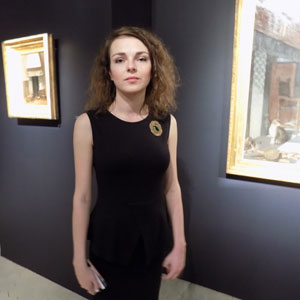
At the exhibition a large, sometimes unique value has the interior. Especially interesting is the study of the Faberge Museum in St. Petersburg and the Cup of the shell of Nautilus, OOO (Moscow Kremlin Museums) and lady’s slipper of the era, are given to show the singular.
After inspection of the interiors of the burgher house will have the sense to go into the main halls of the Museum in room 11 “Dutch art of the seventeenth century” where “the small Dutch” are presented in full, and in hall 10 where you see Rembrandt. Also in the framework of the “Fridays in the Pushkin” will be held curatorial tours, preceded by lectures on the topics raised in the exhibition.
